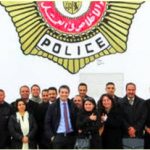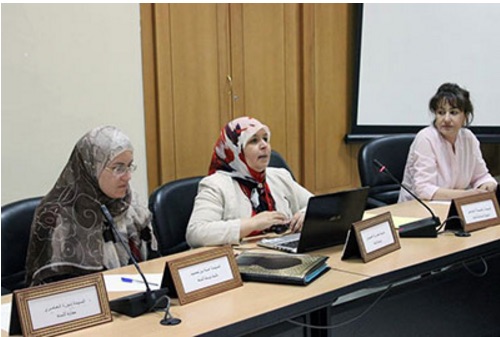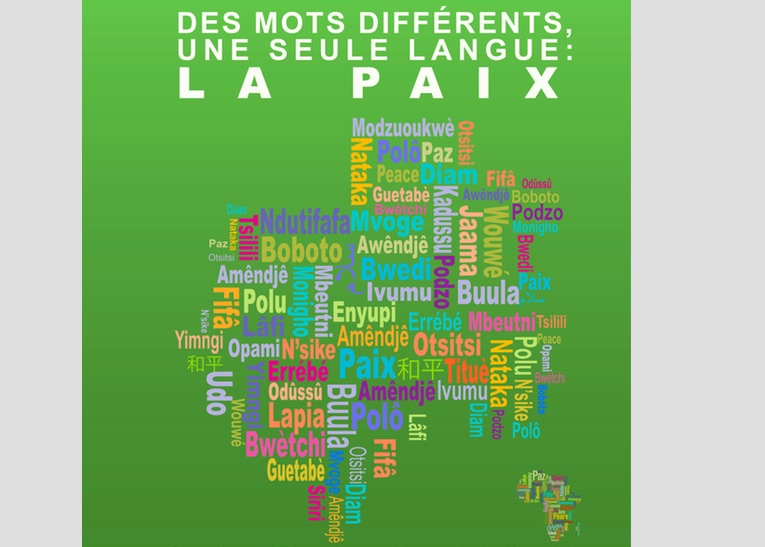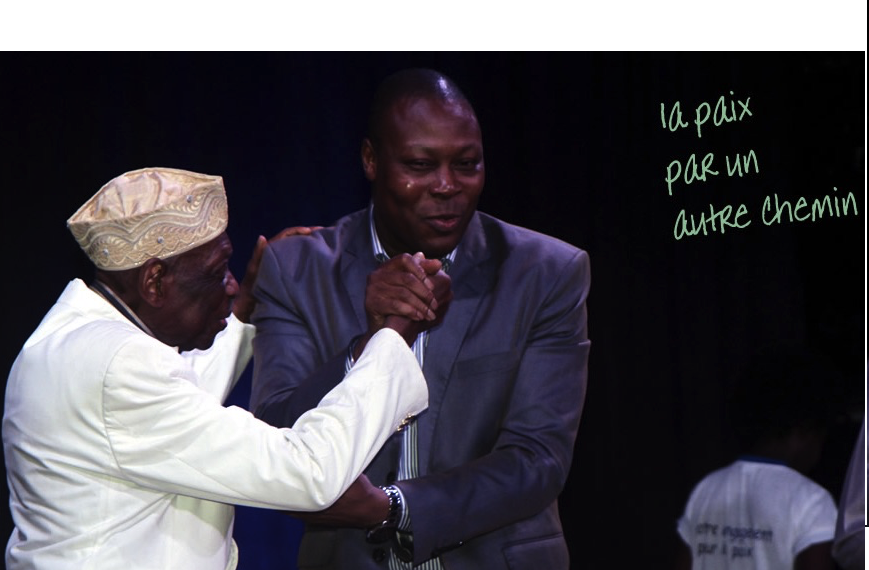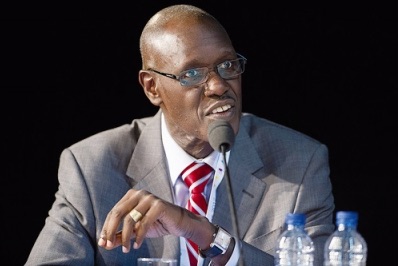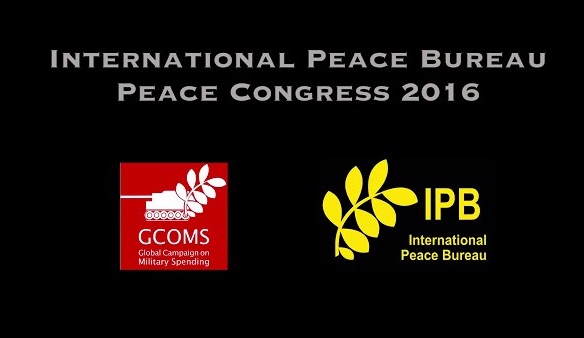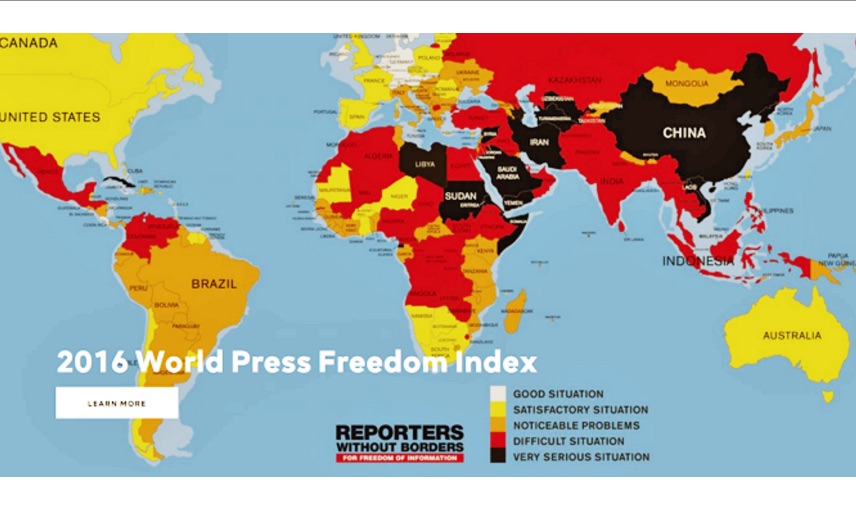. . EDUCATION FOR PEACE . .
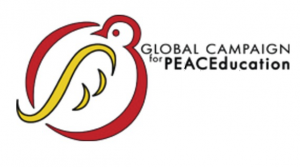
An interview by Professor Alicia Cabezudo with Fundación Convivencia (reprinted with permission)
The following interview concerning peace as a concept; education for peace and the social construction of knowledge related to the field of non-violence is meant as a contribution to the peace process that is taking place in Colombia.
1. What is peace?
Peace has been viewed traditionally as the absence of war or direct violence between two or more parties. This concept has now been replaced by a much broader concept – called positive peace – that takes into account other parameters with a goal of eliminating all forms of violence, including cultural and structural violence – such as discrimination, exclusion, xenophobia, unemployment, child abuse, malnutrition, low wages or the super-exploitation of rural and urban workers in almost feudal economic systems. In order to eliminate structural violence and social injustice, positive peace means and requires the presence of values and practices that ensure, among other things, sustainable social justice and pluralistic democracy for all.
2. What is peace education?
Peace education proposes and promotes a theoretical framework and teaching practices to ensure a democratic educational system with opportunities to learn and practice skills related to peaceful conflict resolution, intercultural dialogue, the exercise of individual and collective rights , and freedom of conscience and thought in a plural and egalitarian society.
Peace education rejects the violent resolutions of conflicts in all conflicts, including intrapersonal such as the family and community, as well as issues arising in the middle urban, regional, national and international level.
On the other hand, violence, and especially the “culture of violence” needs to be analyzed and studied in the content of education for peace because the concealment of violence in the educational system serves to legitimize violence and makes it more difficult to study and understand its causes and search for its roots. The analysis of violence, including the actors and the specific context is needed if we are to identify and select potential solutions to this violence.
The situation in Colombia today is one which everyone in the world, not just in Latin America, is contemplates with solidarity, interest and above all respect and support. It is absolutely necessary that the process of the Agreements of Havana that is being developed at the moment is accompanied by a Pedagogy for Peace.
Never before has a peace process after an armed conflict been accompanied simultaneously by a pedagogy of building a culture of peace as it is being discussed today in Colombia. It’s an opportunity that must not be wasted. All possible instances for that pedagogy should be designed and implemented through a participatory and democratic process in which all stakeholders are actively involved in the planning.
Educating for Peace means to recognize the other in all their dignity, their potential and their rights just as the other should recognize me and my circumstances. When I say that we must recognize the human rights of the other, this immediately creates a relationship of peace and harmony between “us” which is exactly what is needed today in Colombian society.
Peace Education should be used as a tool, a way to facilitate the return to peace at the territorial level; the democratization of the political, social and economic system, and the effective practice of social solidarity and equitable justice.
All these practices should be put in play in the times ahead of us, what may be called the period of post-agreement or post-conflict.
3. How should a curriculum for peace be constructed?
One of the characteristics of education for the Culture of Peace is the social construction of knowledge, following the educational precepts of the famous Brazilian educator Paulo Freire. He advocated an educational system that teaches how to think freely and critically – promoting independence and diversity as a way to enrich the learning process. In his system the curricula should correspond to the social, economic and cultural reality of the students, the state and governments should commit to compulsory public education for all, and educators should receive comprehensive training in terms of content and methodology. Schools should teach how to think and reflect on the various events of the world and everyday reality with objectivity and amplitude. Educators should have the freedom to plan meetings of study and work to select what content and how to teach. Not only teachers, but also student representatives, parents associations and relevant members of the education community should be involved in establishment of the curriculum and how it is taught. In other words, all actors should be involved in the educational process, not only Ministries, Department Secretaries or pseudo-scholars who are often detached from the concrete reality of the educational process.
In this model teachers and students should discuss and select issues such as, for example, a human rights issue and investigate it together. What do we know about this that is important to us? – What do we need to know to understand it better? How can we deepen our understanding and where we will find the data? Who can help us learn more about this subject. What working method should we use? How and by what means can we share what we have discovered and learned? Who should we invite to participate in this research who can contribute to it? Where should we work? Should we also work outside the classroom and academia? Etc.etc.
By following this line of work we arrive at a social construction of knowledge with full participation of many actors; a wide selection of methods and strategies of study and research. In this way learning becomes successful and meaningful, as our learning should be in all of our lives at any age, place and circumstance.
In this regard, it is important also to introduce the methodology of project learning. Even if at school we talk about peace; talk about war; talk about different types of violence, talk about the end of the conflict and try to generalize the idea that after the agreements and the surrender of weapons, there will be peace, tranquility and harmony, this is not realistic.
Simply because this will not be true.
We must learn to build peace in all possible areas and for this reason the methodological and curricular proposal of Education for Peace should occupy a central role in the reconstruction periods after serious and long armed conflict.
We need teacher training and operational strategies for dynamic and effective coordination of small projects at various levels of education to promote transformation and resolution of conflicts by peaceful means and social harmony. In a word, it is necessary to promote a pedagogy that develops in a balanced way the theoretical content and the practical proposals – praxis, in the words of Paulo Freire – and put this to work as an urgent task for educators at all levels, in all formal, non-formal and informal systems.
Education for Peace is now an ethical, political and social imperative in Colombia, where peace has been on the lips of the people for more than 60 years of innumerable ups and downs, successes and setbacks.
I think we are now living in a moment of great opportunity. Now is the time – therefore to work for peace without delay!
4. In the process of educating for peace how should victims of the war be involved?
In the current situation in Colombia we can not distinguish victims and perpetrators because somehow or other all Colombians have suffered directly or indirectly and all have been perpetrators, those who killed with their own hands, or those who killed by their indifference, by closing their eyes to obvious realities. There are other ways to be a perpetrator, for example as in the question, “After all, has anything happened to our family?”
Therefore, this Manichaeism, the dualism using sterile labels of victim and offender must be overcome by a joint construction characterized by solidarity and a vision of a common future by the government, civil society, non-governmental organizations, associations, churches and the general public. The work of social construction should first clarify the true roots, situations, actors and causes of violence for decades and generated from multiple locations in Colombia. The discourse of victim/perpetrator does not automatically the needed processes of reconciliation and dialogue – as has clearly demonstrated in the history of South Africa and several countries in the continent – rather such discourse exacerbates enmities and hatreds and obstructs the possibilities of resolution and transformation.
Education for Peace proposes new methods of negotiation, dialogue and conflict mediation in in which the traditional dualism is reversed and transformed in group discussions, reflection and discussion about what happened. Educators should be involved in the development of techniques in this regard.
5. How you can align the peace process with schoolwork?
I think the school should discuss the peace process as a learning project, and not just learning the figures and results of conflict. Teachers and students should analyze and display the causes of the long conflict; the interests linked to it; the stakeholders – innocent or not – and especially how Colombian society in general is involved in discussions, agreements and disagreements in order to finalize and transform conflict into an instance of unarmed peace.
The general population, not just children and young Colombians, should come to know the different positions that are put forward at this time to end the armed conflict. They should become aware of opposing views and possible solutions and the proposals, ideas and alternatives that have been discussed and are currently being discussed by the actors seated at the negotiating table.
The school should show, teach, discuss, talk about all this – at the same time that it is reflected in the mass media, on the street and in the discussions of families in both rural and urban neighborhoods.
To be honest, I have visited Colombia on a regular basis for many years – several times in the academic year because of my work commitments here, and I’m very concerned about what I hear on the street, in the market, in stores, in the halls of schools and universities – because people say that the peace agreement is a capitulation to the FARC.
I don’t know whether or not it is a capitulation to the FARC. What I think is that civil society should not allow it to be a capitulation to the FARC. What I mean is that this agreement should not be only an agreement between the government and the guerrillas or the paramilitaries –
It is and should be an agreement of everyone.
It is and should be an agreement in which the civil society participates actively.
For that reason, it is an educational theme par excellence.
If the civil society, the general public and particularly the rural population was the main actor and participant in a cruel and merciless war for over 60 years, how can it not be an actor in the process of peace and the transformation to a new reality in Colombia?
It would be absurd and foolish to deny that it should be addressed in schools today in Colombia.
Therefore, this issue of who gains from the agreements needs a wake-up call because the government is not the only one who should discuss and currently sit at the negotiating table. Moreover, the civil society should not delude itself into thinking that it is not responsible in discussions, agreements and definitive solutions proposed for all the people of Colombia just because it has not been invited by the government.
I think this is a time for peace consciousness – for everyone together or for no one at all.
This is the peace that should be taught in schools.
It is not certain that when the final agreements are signed, peace will immediately emerge as a healing balm. The Colombian political system probably wants to convince the people of this, but it is a utopian, unrealistic and fallacious notion. Peace does not happen magically with the ceasefire and the surrender of weapons, neither in this terrible struggle of the Colombian armed conflict or any struggle in history over the centuries.
Peace must be constructed and labored daily with social justice, participatory democracy, with honest and accountable governments, with equity and balance, with equal opportunities for all the people, with respect for their rights and human dignity, in compliance with the duties and commitments from the government and civil society. Peace is given with the freedom to decide. . . .without guns.
Yes, we can talk about peace. And this is what should be learned in schools when speaking of peace: no illusions but a profound belief in the collective construction of a wonderful country destroyed by those who were not able or not wanting to care or respect its inhabitants.
But the Colombian people will talk about it . . . and they must commit to it.
Finally, I say with enthusiasm: Onward, Colombia. Your Latin American brothers and sisters and all the world sympathize with your great country. We are with you!
